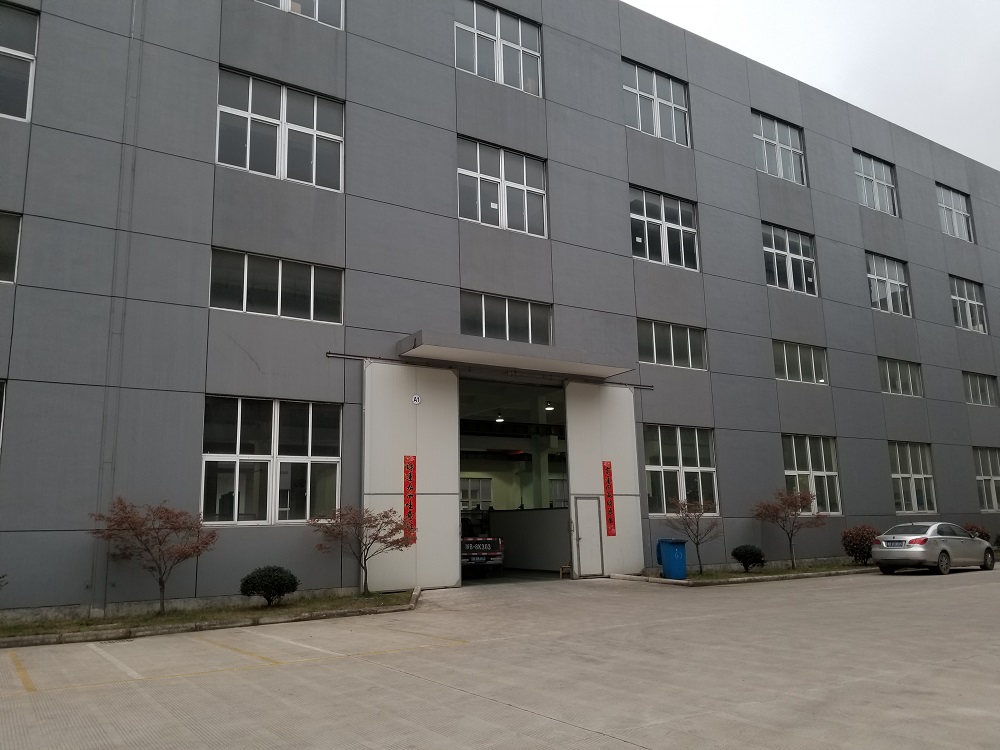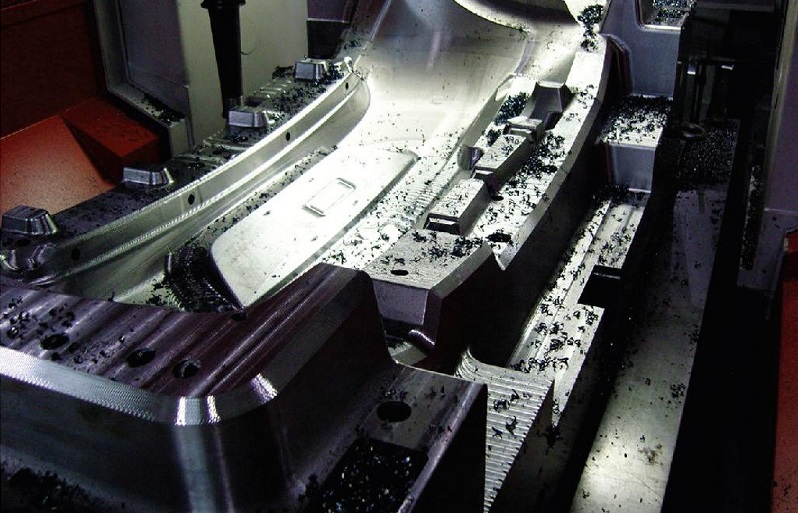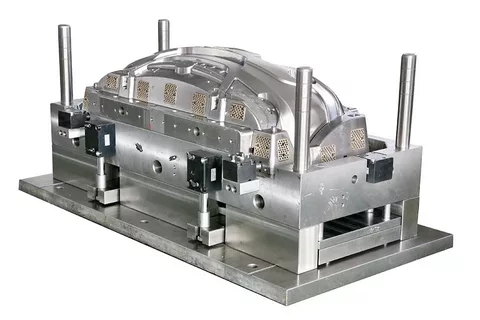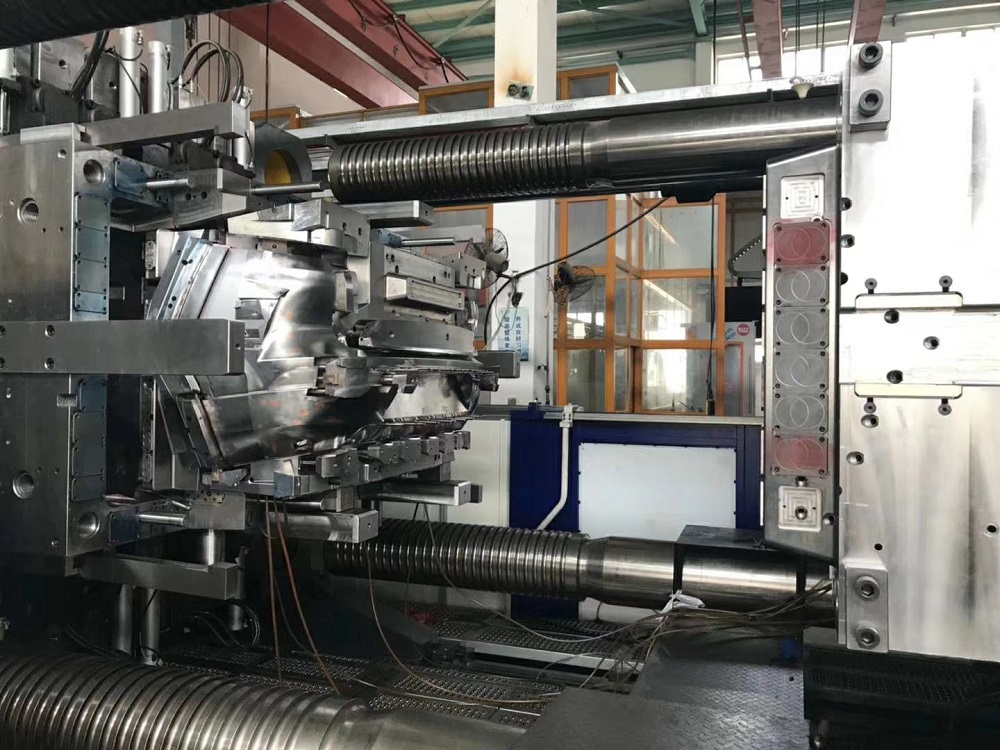Industrial Test 1 for Separation of Arsenic from Gold-containing Flotation Concentrate by Vacuum Pyrolysis
Gold-containing arsenic sulphide concentrate arsenic is present mainly pyrite form. It has many adverse effects on the recovery of gold. When the concentrate containing high arsenic is directly cyanated, the recovery rate of gold is only 60-80% . These refining copper concentrate with a lead smelting plants and plant when charge from a pyrometallurgical process, all the products will be contaminated with arsenic melting and refractory and can generate toxic arsenic trioxide. Therefore, the effect of the fire treatment is not ideal.
In order to remove arsenic from the gold concentrate, it is necessary to oxidize the concentrate. However, since non-volatile arsenate and arsenide can be formed, arsenic can not be completely removed by oxidative roasting, and highly toxic arsenic trioxide which is difficult to collect and fusible iron and arsenic which oxidize gold particles are formed. Compound passivation. When cyanidation of iron-containing calcine is carried out, the recovery rate of gold is not high. In order to dissolve the passivation film, it must additionally be - or acid leaching some alkali leaching, and then grinding, flotation auxiliary working. Â Â Â
Vacuum fumed effective method is one kind of arsenic from gold-bearing ores and concentrates in advance decomposition. The main advantage of this method is that regardless of the amount of arsenic contained in the original concentrate, a high volatilization rate and a non-toxic mixed sublimate of metal arsenic and arsenic sulfide can be obtained.
The laboratory and expanded test results show that when heated in a vacuum, the arsenopyrite will decompose, precipitate elemental arsenic and form pyrrhotite in the residue. Under this condition, the pyrite dissociates, which in turn produces elemental sulfur and pyrrhotite.
When a mixture of arsenic pyrite and pyrite is treated by vacuum pyrolysis, arsenic sulfide is formed due to the interaction of vapor arsenic and sulfur. They are easily precipitated completely in a less large condensing unit.
The gold can then be recovered from the low arsenic containing slag by methods well known. After the removal of gold, the concentrate slag containing non-ferrous metals after vacuum pyrolysis treatment is suitable for smelting in steelworks or lead smelters.
Laboratory and semi-industrial tests have been carried out on gold - arsenic concentrates of various deposits . These concentrates contain: As 2-33% ; Fe 9-36% ; S 6-33% ; SiO 2 5-42% ; C 0-23% ; Al 2 O 3 2-15% , CaO 0.2- 3% ; MgO 0.2-3% ; Cu 0-0.6% ; Au 20
According to the proportion of arsenic pyrite and pyrite in the concentrate, the sublimate contains As 64-99% and S 32-1% . This sublimate itself is a mixture of arsenic sulfide and metal arsenic. Mixed sulfides are easily melted in a neutral atmosphere. Therefore, solid solid blocks should be cast for storage and transportation.
Table 1 Â Test conditions and results
Slag temperature * °C | Residual pressure Kilpa | Production capacity Tons / day | Dry concentrate loading kg | The amount of slag obtained kg | Arsenic content in cinder % | Arsenic volatilization rate % |
620 | 87.66~9.31 | 3.30 | 1850 | 1503 | 0.53 | 93.00 |
660 | 6.67~7.33 | 2.70 | 1294 | 1048 | 0.35 | 95.10 |
680 | 4.00~5.33 | 2.90 | 773 | 627 | 0.19 | 97.70 |
* The temperature of the reaction zone is high. The temperature of the slag is 40~
Compact blocks for storage and shipping.
In order to volatilize volatile components from loose materials under vacuum conditions, the Institute of Mining and Metallurgy of the Kazakh Academy of Sciences and the National Institute of Rare Metals and the Central Asian Nonferrous Metals Design Institute jointly designed a continuous production. The closed heating vibrating conveyor equipment has a processing capacity of 5 tons /B and has been industrially tested.
The arsenic - carbon containing concentrate used in the test contained the following components, % : As62 ; SiO 2 24~Fe l6.6 ; C18.6 ; S 15.1 ; Al 2 O 3 8.8 ; the pseudo specific gravity was 1.48. g / cm 3 .
The arsenic in the concentrate is mainly in the form of arsenic pyrite, while the iron is in the form of pyrite.
Granular composition of concentrate
Particle size, mm        Content %           Particle size, mm        Content %
                                                            +2.5                   19.4                        -0.2+0.16                3.9
                                                          -2.5+1.6            4.0                       -0.16+0.1                  8.45
                                                        -1.6+0.63                  3.35               -0.1+0.063              10.4
                                                         -0.63+0.4                   2.5                       -0.063+0.05                6.6
                                                          -0.4+0.2           2.85                           -0.05           38.6
At the time of the test, 4 tons of concentrate with a humidity of 2-2.5% were treated (see Table 1 ). When the temperature is 660~
Plastic car exterior parts refer to front and rear bumper moulds, fog lamp moulds, and grilles and all plastic accessories, are requesting high quality with hardened steel 1.2738 or Finkl P20 hard steel in order to guarantee specified mould life such as 1000000shots. Plastic injection material is PP or ABS as per customer's requirement. Ceeto company has skilled design engineering team who is able to design plastic car bumper moulds as per part geometry, bumper mould design will be first considered hidden parting line or visible parting line according to DFM analysis and moldflow report.


Technical information for Car front bumper and rear bumper mould
- Design software: Pro-E
- Mould cavity: single cavity
-
Molding material: PP, ABS, PE
- Mould cavity and core steel: 1.2738, P20, P20HH, 718H
- Hot runner system: Synventive, Yudo, HRS, Moldmaster
- Ejection system: Ejector pins, angle lifters
- Leadtime: 120 days
-
Mould life: 500000 shots to 1000000 shots
- Mould packing: wooden box

Ceeto Service Scope to manufacture car bumper mould
-
Plastic bumper product DFM analysis
-
Moldflow analysis
-
Plastic car bumper mould design
-
Plastic car bumper mould assembly drawing
-
Plastic car bumper mould machining
-
Plastic car bumper mould testing via injection molding machine
-
Plastic car bumper mould packing
-
Plastic car bumper samples packing
-
Mould spare parts preparation
-
We also support you for prototype mould design and manufacture

Plastic Car Front Bumper and rear bumper mould test
Before we ship bumper mould to you, we will have bumper mould buy-off in house together with you, and we must make official at least three mould tryouts and 2000 empty cycle for mould to check if mould function is ok in a certain time.

Normally, you and we attend the validation procedure together and sign off after checking. What we are checking usually are as follows:
- Compatibility with Injection Machine to be used
- Is size of the mould ( Leight* width* Height ) correct?
- Is weight of the mould is correct?
- Are lifting eyebolts fully seated on the mold and not interfering with mold action?
- Are all transportation bars installed and in correct color as you request?
- Are knock-out holes for mechanical ejection and the layout correct as designed?
- Is electric box wired correctly as per injection machine standard?
- Are dimensions of locating ring correct?
- Is radius and orifice diameter of sprue bush correct?
-
Are clamping features correct?
- Is the mold construction compatible with robot gripping if applicable to take off part?

Plastic car bumper mould material and heat treatment
What we will also inspect mould material and heart treatment as follows:
- Is any welding used on mold? Is welding process correct for the steel used?
- Have all mold plates been stamped with markings?
- Provide the heat treatment certificate and hardness for all applicable mold components
-
Are moving parts nitrided? Provide nitride certificate.
We warmly welcome you to visit us and send us RFQ, we want to be your part of suppliers and we will do our utmost efforts to make high quality of moulds and products, if you have any doubts about technical points, please don't hesitate to let us know, we are looking forward to hearing from you, thanks a lot.
Automotive Exterior Plastic Injection Mould
Automotive Exterior Plastic Injection Mould,Injection Molding Automotive Parts,Plastic Car Front Bumper,Plastic Car Rear Bumper
Zhejiang Ceeto Molding Technology Co.,Ltd. , https://www.ceetomold.com